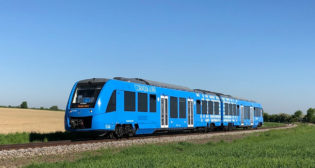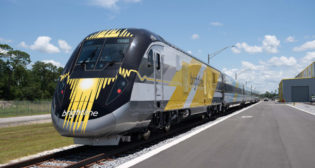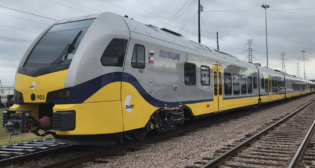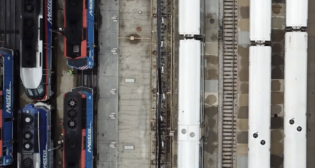
Implementing SLSI Recommendations Boosts Safety Culture, Study Finds
Written by Marybeth Luczak, Executive Editor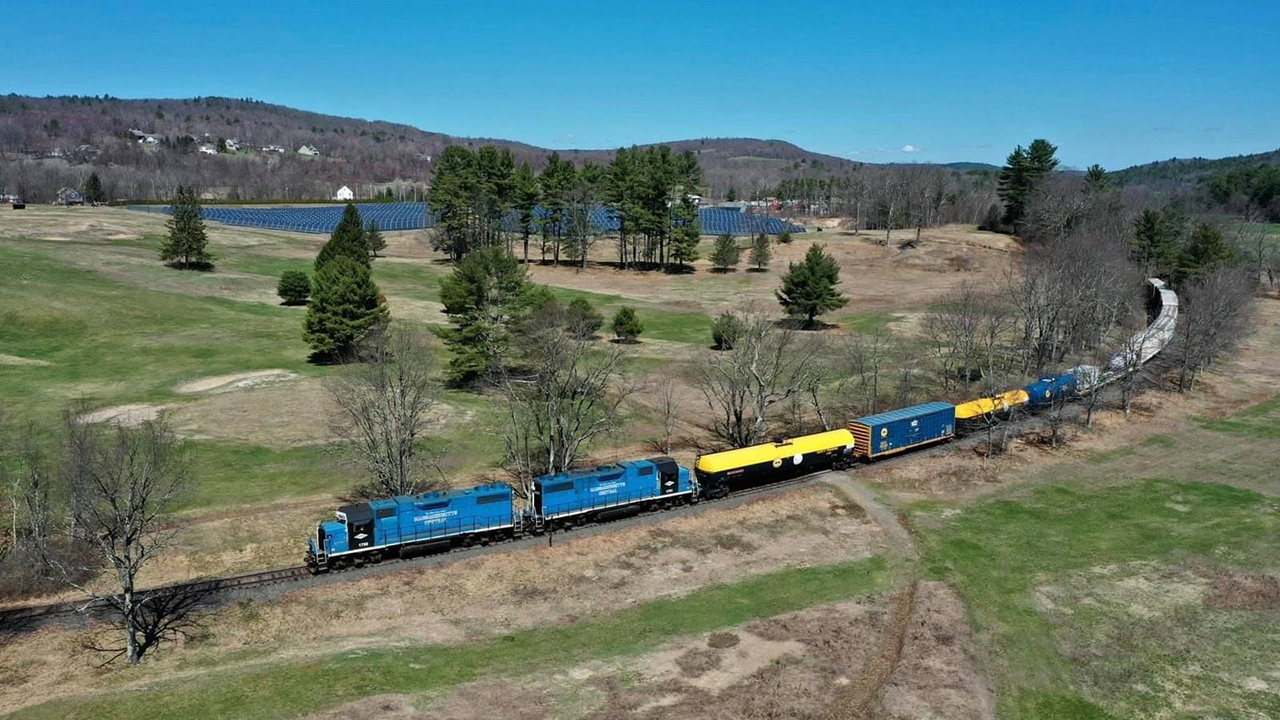
(SLSI Photograph)
Implementing recommendations by the Short Line Safety Institute (SLSI) results in measurable growth in short line safety culture, according to a study by Volpe National Transportation Systems Center (Volpe).
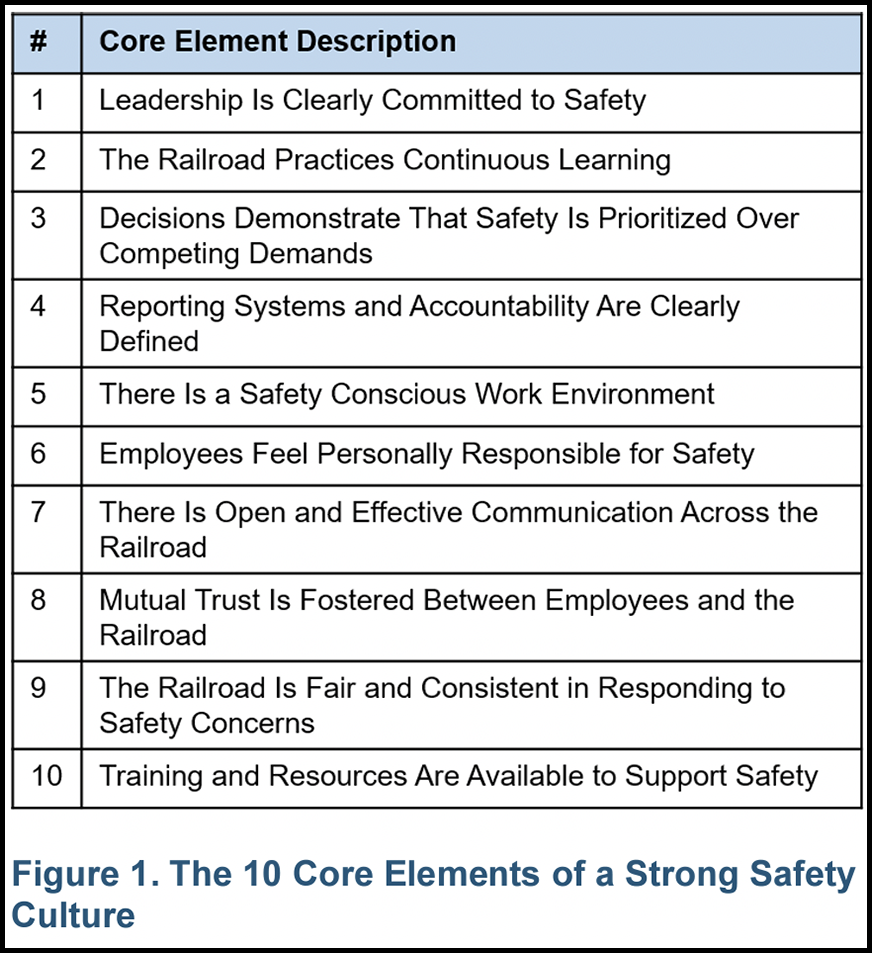
A strong safety culture can help reduce the frequency and severity of accidents by creating a safer, more accountable work environment, according to Volpe.
SLSI measures short line and regional railroads’ safety culture across the U.S. Department of Transportation Safety Council’s 10 Core Elements of a Strong Safety Culture (see chart, left). An assessment is conducted on-site by a team of SLSI professionals and combines an online employee survey, on-site employee interviews, safety documents reviews, and field observations. At the conclusion of the assessment, railroad management receive an in-depth evaluation of performance on their railroad, reviewed using the Ten Core Elements. Additionally, the SLSI team provides resources and tools to address opportunities for improvement on the railroad. Assessments are voluntary, non-punitive, confidential, and free of charge to short line, passenger, tourist, and commuter railroads, according to SLSI.
Volpe recently analyzed safety culture growth across 20 short lines that completed SLSI’s initial Safety Culture Assessment and a follow-up assessment (Time 2 Assessment) between 2016 and 2023. Each railroad’s initial assessment report was compared with its follow-up assessment report, “with a focus on identifying positive and negative safety culture indicators under each of the 10 Core Elements of a Strong Safety Culture,” according to Volpe. Using these indicators, analysts estimated whether the safety culture under a particular Core Element strengthened, stayed about the same, or weakened.
Volpe reported that each railroad in the sample demonstrated evidence of safety culture growth; the magnitude of improvement varied by railroad and Core Element.
Specifically, the research identified:
- The Core Element with the highest safety culture growth was Core Element 2: The Railroad Practices Continuous Learning.
- The Core Element with the lowest safety culture growth was Core Element 4: Reporting Systems & Accountability Are Clearly Defined.
- In the intervening time between the two assessments, the 20 railroads were able to partially or fully implement 60% of the Opportunities for Improvement recommended by SLSI.
The results of Volpe research also indicated that there was still room for improvement for all railroads assessed, and that some Core Elements may be more difficult than others for railroads to show improvement.
“Our process for measuring safety culture is the most comprehensive and robust in the railroad industry,” said Tom Murta, Executive Director of SLSI. “This independent research demonstrates that when short line railroads identify and work to close safety culture gaps, the effort resulted in a stronger, more positive safety culture on those railroads. A strong safety culture provides the support for strong safety performance.
“After conducting more than 125 Safety Culture Assessments, the SLSI understands that some elements that we measure are more difficult for railroads to improve. The SLSI has developed tools to help railroads strengthen safety culture across all elements, including in these more challenging areas. Our staff stands ready and able to assist a short line with any specific challenge. We have provided technical assistance to several railroad management teams, with positive results.”

